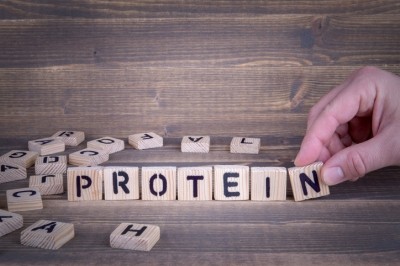Feed additive supplier sustainability review: Smarter shipping, engaged employees, nutrition to support less mineral excretion

The Missouri-based feed ingredient and animal nutrition company released its latest sustainability report earlier this month, highlighting five pillars including sustainable animal agriculture, human health and nutrition, supply chain efficiency, customer productivity and profitability and engaged and empowered employees.
The publication outlines the reorganization that has taken place internally, expanding Novus' geographical reach from five world regions to eight in an attempt to better address feed challenges in specific locations. "In some regions, the sales, marketing and technical services teams were very successful in anticipating customer needs, reacting proactively to external difficulties - unfavorable weather conditions, disease, poor quality feed, etc. Novus saw an opportunity to bring this customer-centric business model to all customers."
It also talks about an online learning model the company rolled out; it is aimed at coordinating internal continued education opportunities for its global workforce.
Shipping sustainably
In terms of smarter shipping, the company is changing the type of pallets used to ship supplies – exchanging wood pallets for ones made from recycled plastic.
"For Novus’s purposes, a pallet needs to hold up to one metric ton of product and withstand traveling up to 13,000 miles (21,000km) or halfway around the globe. While inexpensive, under these rigorous conditions, a traditional wood pallet may only have a lifespan of a few months."
Looking for a long-term solution, its said it began considering plastic pallets. "While longer-lasting, the supply chain team wanted to be sure that this shift made sense from a sustainability perspective."
It got in touch with CABKA, whose plastic pallet, it said, was certainly more durable and had the added benefit of being made entirely from recycled post-consumer packaging. "These recycled plastic pallets are able to maintain their structure and can stay in use for as long as 10 years; far longer than the typical lifespan of a wood pallet."
Novus said it is working with CABKA to design a new, lighter weight pallet that will require less plastic to produce and reduce transportation cost. The idea being less weight, less fuel needed.
Trace mineral use in farming
On the animal farming side, sustainability means the company helps give an economic advantage to feed or livestock producers, Novus said. The process focuses on improving animal health, performance and productivity, supporting reproductive health and fetal viability, limited the need for pharmaceutical intervention, improving animal protein quality, maximizing the value of feedstuffs and reducing the environmental impact of animal production.
Laura Munoz, mineral product manager, Novus International, told us that its reduce and replace program is about helping the industry to lower its environmental footprint though less inorganic mineral usage and consequently reduced mineral excretion, while still maintaining or improving productivity.
An optimal approach under such a reduce and replace program would be a swap from cooper sulfate provided at 125ppm to an organic copper from the company's Mintrex mineral line, which would reduce the amount needed by about 30ppm, she said.
"You need to find something that is more bioavailable, so that you’re able to reduce the amount of minerals that you’re providing in the diet, but one that it is going to be more efficient in the animal,” she added.
Novus’ organic trace mineral line has a structure that makes it less reactive and more resilient to changes in pH, she said. “That is going to protect the mineral along the digestive tract, ensuring that there is better reach in terms of the absorption sites in the intestine - that allows it to be more bioavailable than inorganic minerals and even other organic trace minerals that may have less stable structure.”
It has also developed a universal tool that can be used to show producers globally what their economic return would be from switching to the use of organic trace minerals, the company said.
The web-based tool launched in 2018 for use with dairy cattle and breeding hens and a similar tool for use with sows and broilers is being considered.















